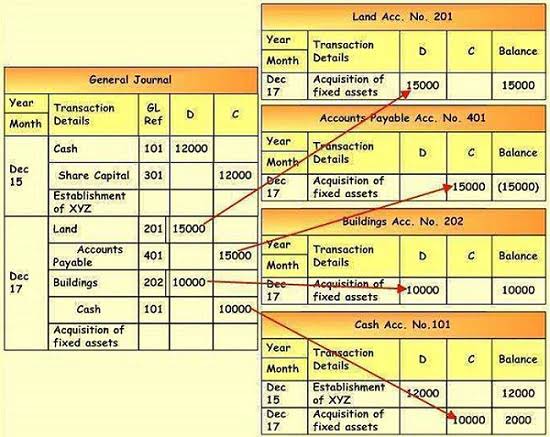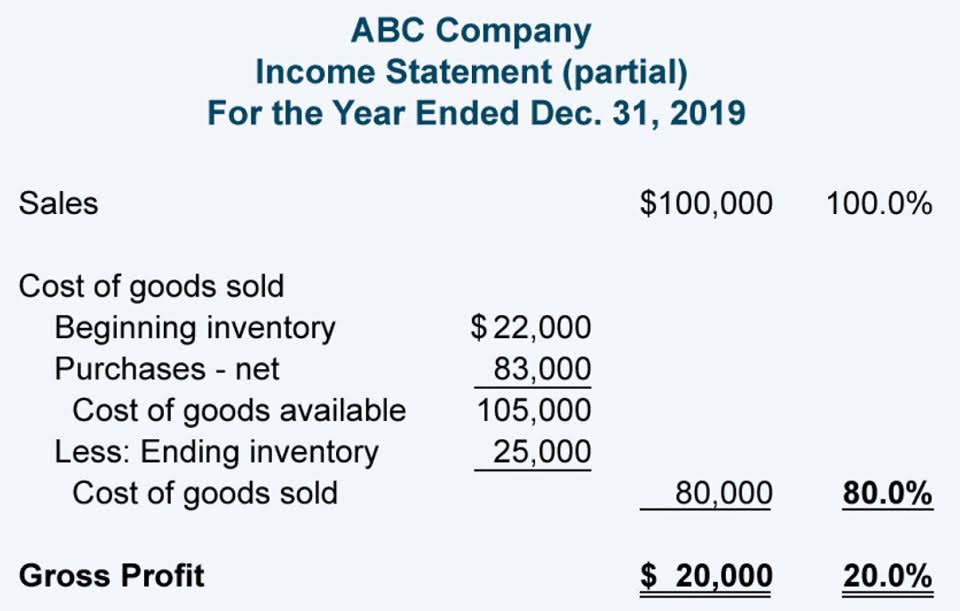
However, if you’re looking to make regular payments to employees, it would probably be easier to send money via another electronic payment method like direct deposits. If you need the money to arrive urgently, a wire transfer may be best. However, there are even faster ways to send money abroad than wire transfers, like specialist money transfer providers. Making a domestic transfer in the US isn’t necessarily cheap, but making international wire transfers can be considerably more expensive. A cheaper way of wiring money could be a specialist money transfer provider.
- Electronic Funds Transfer (EFT) is the electronic transference of money from one Canadian bank account to another.
- Credit unions may have fewer branches than banks, but they often offer lower fees and better interest rates.
- Financial institutions have a number of ways to electronically transfer funds.
- Sending a wire transfer means your international vendor gets paid, and you get the coffee you need when you need it.
- For free international transfers that come with minimal restrictions consider using a service like TorFX.
Security
- It helps to know the difference between these two financial products and processes before you can make the best decision when withdrawing your money.
- Wire transfers can be used to send money internationally as well as domestically.
- Two commonly used methods are electronic transfers and wire transfers.
- Although incidents can occur, the EFT framework is robust, and fraud is relatively low compared to other forms of payment.
Users input the required recipient details and the amount to be transferred. The system processes these transactions through Automated Clearing House (ACH) networks or other electronic channels, often completing within minutes to a day. An essential feature includes the ability to initiate transfers around the clock, providing flexibility to users. Both wire transfers and EFTs Record Keeping for Small Business have security measures in place which help keep your payments secure, but some transactions are more secure than others. Typically, wire transfers are more secure than other EFTs as they rely on secure communication networks which only financial institutions can access. If you’re sending a one-off transfer to a friend, a wire transfer may be the best method.
How do I know if a transfer is ACH or wire?
If you have a transaction above Rs. 2 lakh, RTGS is a faster and more effective mode of payment. However, for any payments which are of lower amounts, NEFT is a more efficient mode of payment. Maximum NEFT fund transfer limit For individual account holders, the limit often extends to ₹10 lakh per transaction. However, there is technically no upper limit imposed by the NEFT system itself. Banks may set their own caps, especially for higher-value transfers, as part of their internal security protocols. There is no set limit on the amount of money that can be transferred via EFT in Canada.

Give Your Customers a Range of Payment Options
- Businesses needing to meet tight deadlines, such as payroll or invoice payments, often choose wire transfers despite higher fees, prioritizing speed.
- Consider the level of customer support provided for EFT and wire transfer services.
- While EFT transactions may offer more detailed tracking information through online banking platforms, wire transfers often come with unique reference numbers for easier tracking of funds.
- However, there’s still a wire transfer vs direct deposit debate — because the two services aren’t exactly the same.
- Standard ACH, Same-day ACH and Real-time payment transactions each count toward your total daily limits for transaction amounts.
Electronic payments, such as ACH or online transfers, are more cost-effective for routine transactions. Financial institutions follow strict protocols to authenticate and verify wire transfer requests, minimizing the risk of fraudulent transactions. Additionally, wire transfers are often accompanied by detailed transaction records, providing a clear audit trail for both the sender and the recipient.

Wire transfers between US banks are usually used for large transactions like property purchases, rather than every-day transactions. A convenient way to pay and access ATMs – money is deducted right from your business checking account. Make deposits and withdrawals at the ATM with your business debit card. Standard ACH, Same-day ACH and Real-time payment transactions each count toward your total daily limits for transaction amounts. You will only get the real exchange rate- the same one you see on Google- when you are sending money overseas with Wise.
Cost

Direct deposit is more convenient and typically used for recurring payments like paychecks or government benefits. You can check by searching for the banking app on Google Play and App Store. If you find the official banking app, then inspect the list of features to see if sending money is available.

How much does a bank transfer cost?
EFTs (including wire transfers) offer a more convenient alternative to manual offline transfers like cash or checks. There’s no need to go physically to the bank or speak to personnel using these payment methods. bookkeeping As long as you have the receiving account details, you can set up a payment quickly and easily via online banking or a third-party platform.
The term “electronic funds transfer” (EFT) is an umbrella term that encompasses a wide variety of electronic payments, including. Wire transfers often move money between accounts separated by large wire transfer vs electronic transfer distances. If the sender initiates the wire transfer after business hours – in the receiver’s time zone – availability of funds may be delayed until the next business day. In many cases, receivers register their bank account information with the ACH, either directly or through a payment service, before the transfer takes place. When the payee sends payment, the ACH receives notice of incoming funds, then electronically sends a credit to the receiver’s confirmed account.
